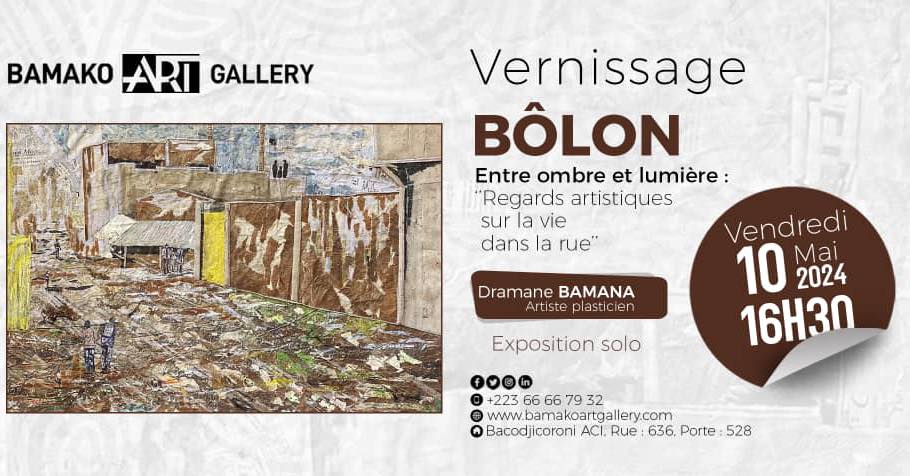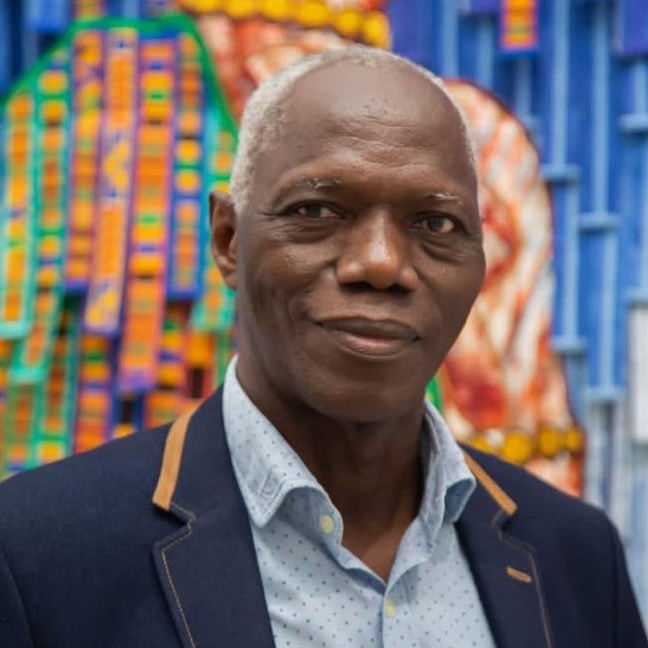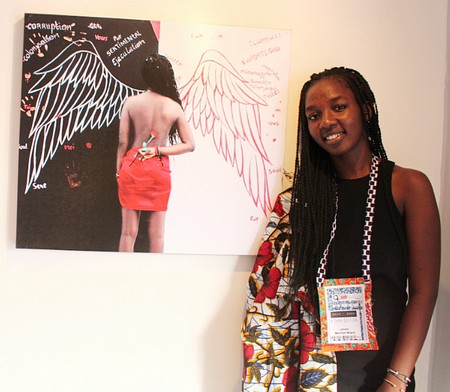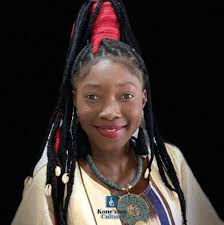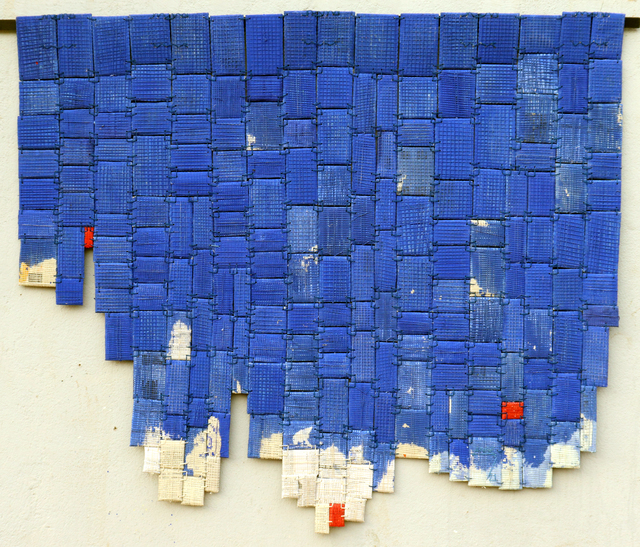

Dramane Bamana
Biography
Born in Bougouni (Mali) in 1996, Dramane Bamana is a graduate of the Conservatoire des Arts et Métiers Multimédia. An active member of the Tim'Art collective, he lives and works in Bamako. Richmond Tehe was born in Zorofla (Côte d'Ivoire) in 1997. He graduated from the Ecole Nationale des Beaux-Arts d'Abidjan in 2022 with a Master's degree in painting. He lives and works in Bassam, near Abidjan. Both artists highlight the possibilities offered by plastic and its invasive nature. This synthetic material takes its name from its power to shape and the beauty of its forms. The richness of plastic lies in its infinite and varied properties: from shimmering colors to transparency, from suppleness to solidity, from fragility to resistance. Dramane Bamana and Richmond Tehe exploit this potential to the point of making the material the subject of their work. They confront it with the wear and tear of time or fire, elements with uncertain effects that remind the artist that matter escapes him as much as he masters it. Light reveals the relief and play of textures in the different states of plastic. The irregularities of this material are penetrated by rays of light, giving life and movement to a material that is nonetheless inert. As a result, the figures in his work seem to move and evolve over time, to the rhythm of light and lightning. Dramane Bamana depicts genre scenes using recycled plastic. By recycling it, the artist becomes a spokesman for the fight against the insalubrity caused by plastic pollution. Paradoxically, burning plastic may appear to be a way of getting rid of pollution, but it actually degrades the quality of the atmosphere. In his paintings, Dramane also subjects this material to fire, thus expressing the pain engendered by this infernal cycle from which the population seems unable to escape. But Dramane Bamana also conveys a message of hope, which is first apparent in the background, through the fine mesh revealed by the melted material. This flexible mesh acts as a solid support for the material and as a fraternal bond between the members of a community. The life of this community is depicted through everyday scenes, first photographed and then translated onto canvas by the artist. Dramane praises the humility and fraternity that unite the community in the face of adversity, and his faceless characters give these neighborhood scenes a more universal scope. In this way, the artist invites us to plunge into the peaceful universe of an ordinary everyday life that everyone can make their own. Richmond Tehe reveals the framework of his drawing without revealing its secrets. Far from concealing his guiding lines, he emphasizes his gesture through assertive hatching. In Richmond's work, the line is not only the foundation of the drawing, but also the finality of his artistic identity. His tangled lines seem to weave a nest, both hostile and fascinating, in the middle of which a portrait emerges. In this fragile balance, each line risks upsetting the expression of these piercing faces, portraits of his states of mind. For her “Fragility” series, Richmond works with plastic mats, the woven, colored surface where the community gathers, meets or rests. The artist takes over the mat and appropriates its aesthetic, blending the lines of the faces with the colors of the weave. He then submits his drawing to the freedom of the flames, which transform the plastic material. Richmond meticulously directs the burning around the edges of his drawing until a fine synthetic lace is formed, revealing the wooden support. The canvas is then slashed and incised, revealing the layers that make up these seemingly unstructured portraits. From this uncertain hand-to-hand relationship with the material emerges a great fragility, a vulnerability that the inquisitive gaze of his characters also seems to detect deep within us.
